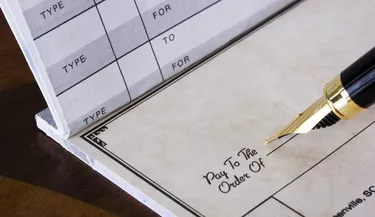
If your checking account maintains a negative balance for a certain period, your bank may opt to close your account. Reopening the account will typically involve coming current on past overdraft fees.
Talk to Your Bank
Video of the Day
Make an appointment to talk to a bank customer service representative about reopening your account. Be prepared to explain why previous overdrafts accumulated and resulted in your account closure. If you had an otherwise good relationship with your bank, it may be willing to reactivate your account with minor stipulations, or you may qualify for a special "second chance" bank account. You may be required to carry overdraft protection or agree to other oversight measures to assure the bank your account will not go into default again. Depending on how long the account has been closed, you may need to open a new one rather than reactive an old one.
Video of the Day
Maintain Your Account
Don't allow your checking account balance to go into the negative again if the bank gives you a second chance. Balance your checkbook, ask for electronic statements and balance monitoring and regularly check your account to ensure you're staying on financial track. Consider opening a savings account and connecting it to your checking so you can transfer funds if necessary to cover an imbalance. Mobile banking apps can help you stay on top of your finances and quickly cover mistakes.